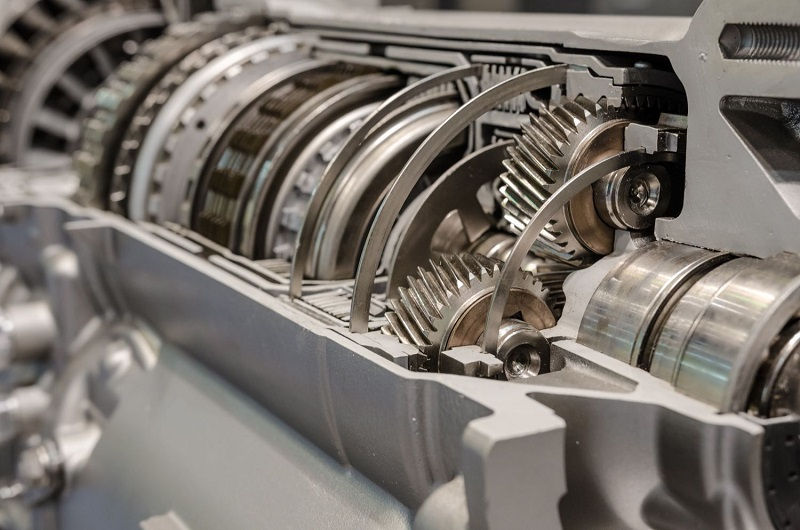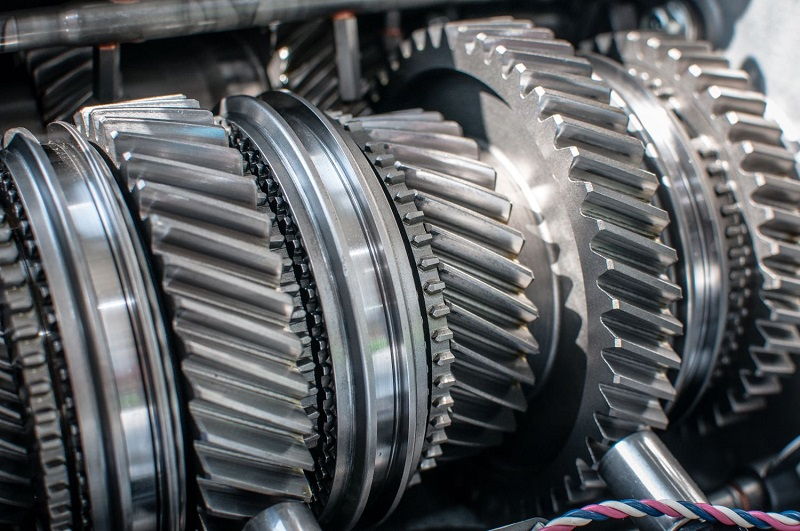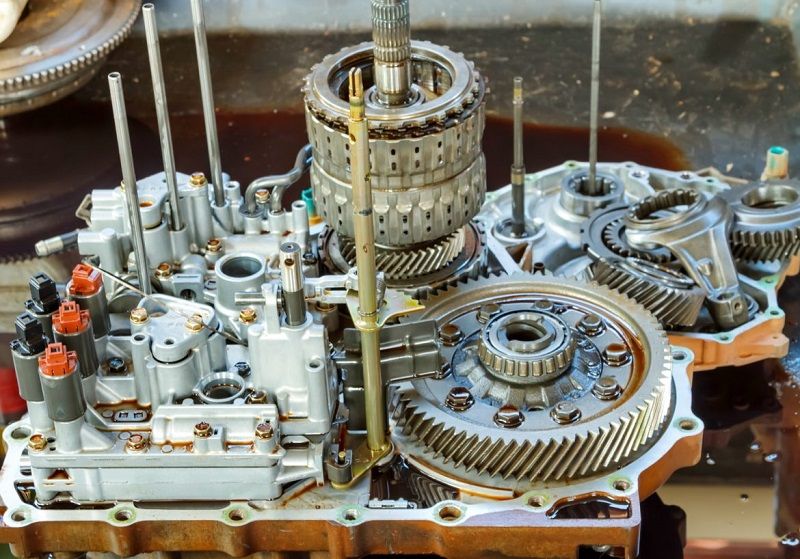This post contains affiliate links. This means I will make a commission at no extra cost to you should you click through and make a purchase [ “As an Amazon Associate, I earn from qualifying purchases.” ]. Read the full disclosure here.
Can a Speed Sensor Cause Incorrect Gear Ratio? GuideMechanic.Com Modern vehicles are complex machines composed of numerous interconnected components, each playing a crucial role in ensuring smooth operation.
Among these components, the speed sensor holds significant importance, as it monitors the speed of various vehicle systems.
However, can a speed sensor be responsible for causing incorrect gear ratio issues? In this article, we delve into the intricacies of speed sensors, gear ratios, and their potential interactions.
See Also: Can I Drive with Code P0730?
Can a Speed Sensor Cause Incorrect Gear Ratio?
Understanding Gear Ratio:

Before delving into the role of speed sensors, it’s essential to grasp the concept of gear ratio in vehicles. Gear ratio refers to the relationship between the numbers of teeth on two interlocking gears.
In an automobile, gear ratios are vital for translating engine power into motion. They determine how many times the engine’s crankshaft rotates compared to the rotation of the wheels.
Gear ratios vary across different gears, with lower ratios providing more torque for acceleration and higher ratios offering greater speed at lower engine RPMs. The transmission system in a vehicle selects the appropriate gear ratio based on driving conditions and the driver’s input.
Importance of Speed Sensors:
Speed sensors, also known as vehicle speed sensors (VSS) or wheel speed sensors, are integral components of a vehicle’s drivetrain.
These sensors measure the rotational speed of various components, such as the transmission output shaft, driveshaft, or individual wheels. The data collected by speed sensors is crucial for several vehicle functions, including:
Transmission Control:
Check out this USA Standard Gear (ZG F8.8-411) Ring & Pinion Gear Set for Ford 8.8 Differential

Speed sensors provide input to the vehicle’s transmission control module (TCM) or engine control module (ECM), aiding in gear selection and shifting. They help ensure smooth transitions between gears based on the vehicle’s speed and load conditions.
Antilock Brake System (ABS):
In vehicles equipped with ABS, speed sensors play a vital role in detecting wheel speed variations. This information allows the ABS system to modulate braking pressure on individual wheels, preventing skidding and improving overall stability during braking maneuvers.
Traction Control:
Speed sensors contribute to traction control systems by detecting wheel slippage. When a wheel loses traction, the system can adjust engine power or apply braking to that specific wheel to maintain traction and vehicle stability.
Can Speed Sensors Cause Incorrect Gear Ratio?

While speed sensors are essential for proper vehicle operation, they are not typically responsible for directly causing incorrect gear ratio issues. Gear ratio discrepancies are more commonly attributed to problems within the transmission system, such as:
Worn or Faulty Gears:
Over time, gears within the transmission can wear down due to friction and stress. This wear may lead to gear teeth becoming misaligned or damaged, affecting the accuracy of gear engagement and resulting in incorrect gear ratios.
Transmission Fluid Issues:
Insufficient or contaminated transmission fluid can impair the functionality of transmission components, including gears and synchronizers. Without proper lubrication, gears may experience increased friction and wear, leading to gear ratio problems.
Transmission Control Module (TCM) Malfunctions:
Check out this ANCEL AD410 Enhanced OBD II Vehicle Code Reader Automotive OBD2 Scanner Auto Check Engine Light Scan Tool (Black/Yellow)

The TCM is responsible for controlling various aspects of the transmission, including gear selection and shifting. Malfunctions or programming errors within the TCM can result in incorrect gear ratios or erratic shifting behavior.
However, while speed sensors may not directly cause incorrect gear ratios, they can indirectly contribute to transmission-related issues. For example:
Faulty Speed Sensor Readings:
If a speed sensor malfunctions or provides inaccurate readings, the transmission control module may receive incorrect information regarding vehicle speed. This misinformation can lead to improper gear selection or shifting, potentially manifesting as symptoms resembling incorrect gear ratios.
Transmission Overheating:
Speed sensors also play a role in monitoring transmission temperature. Overheating can adversely affect transmission performance, leading to gear slippage, harsh shifting, and other abnormalities that may be mistaken for incorrect gear ratios.
Can a Speed Sensor Cause Incorrect Gear Ratio?
Diagnostic and Solutions:

When experiencing symptoms suggestive of incorrect gear ratios or transmission issues, it’s essential to conduct a thorough diagnostic assessment. This process typically involves:
Scanning for Error Codes:
Using a diagnostic scanner, technicians can retrieve error codes stored in the vehicle’s onboard computer system. These codes provide valuable insights into potential issues affecting the transmission, including speed sensor malfunctions or other related problems.
Inspection and Testing:
Technicians will inspect the transmission system, including the gears, fluid levels, and speed sensors, for signs of wear, damage, or malfunction. Testing the speed sensors’ output signals and comparing them to known values can help identify any discrepancies.
Repairs or Replacements:
Depending on the findings of the diagnostic assessment, repairs or replacements may be necessary to address the underlying issues. This could involve repairing or replacing damaged gears, correcting transmission fluid levels or quality, or replacing faulty speed sensors.
Can a Speed Sensor Cause Incorrect Gear Ratio?
Conclusion:
While speed sensors are crucial components of a vehicle’s drivetrain, they are unlikely to directly cause incorrect gear ratio issues.
Instead, gear ratio discrepancies are typically attributed to problems within the transmission system, such as worn gears, fluid issues, or TCM malfunctions.
However, faulty speed sensor readings or transmission overheating can indirectly contribute to symptoms resembling incorrect gear ratios.
Proper diagnostic assessment and repairs are essential for resolving transmission-related issues and ensuring optimal vehicle performance and safety.
See Also: How Do I Fix Error Code P0730?
- Used Dump Trucks for Sale Under 5000 - July 18, 2025
- Used Dump Truck for Sale Under $10000 - July 18, 2025
- Used Pickup Truck with Dump Bed for Sale - July 18, 2025
